Text

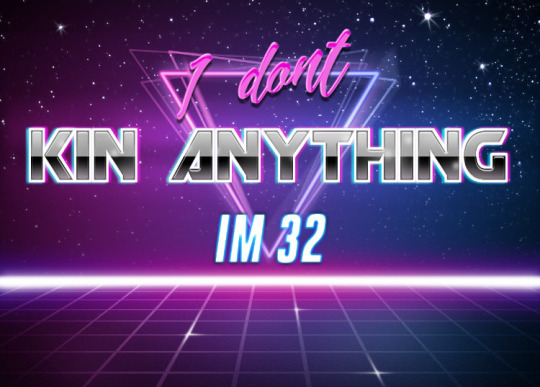
I’m literally obsessed with this tweet

3K notes
·
View notes
Text
tips to feel your phantom wings!
Directed at angelkin, but may apply for other winged otherkin, however you wanna interpret it! ❤
🌹 Try being in an open space. Focus in on your wings and their size in an open space where you can stretch them and not bump into anything around. It’s easiest to feel them when you have room!
🌹 Wrap yourself in a warm, fluffy blanket. If your wings were feathered, blankets can really, really help to stimulate the feeling of having wings wrapped around yourself. Focus on that feeling until you start to feel them manifest.
🌹 Lay on your back in an open space. This way, you aren’t crushing your wings. You have room to stretch and spread them out where there’s no extra added weight.
🌹 Stretch out your arm and focus on how it feels. Once you have that feeling in your head, try manifesting those same muscles that you used to have and slowly stretching them out until you can feel them more.
🌹 Roll your shoulders, make sure your back is loose. You want to be able to feel the wings naturally and painlessly. Sometimes, rolling your shoulders can also trigger wing feelings, since often wings move with shoulder movement. Similarly, you can try shrugging and lifting your shoulders to see if that helps your wings.
🌹 Listen to some music, get in the mood. Either music that gives you heavy feelings or meditation music that helps manifest ideas. For me, I found the song Locked out of Heaven gave easy and quick wing shifts - so it doesn’t just have to be meditation music.
🌹 Try triggering a memory, first. If you can imagine what it used to feel like to have them, or try accessing a vivid memory, it can often trigger those same feelings in your astral wings.
🌹 Do things that remind you of flying. For me, it was running down a large hill, stimulating that feeling of, “oh, I need to lift my wings now and take off.” I’ve heard swimming also helps, or jumping on a trampoline.
Hopefully these help! ♥
2K notes
·
View notes
Text
Annotating All the Stuff We Have that Is About Or Might be Interest To Therians or Otherkin in General...
… is going to be “fun.” Well, nothing to it, but to do it. For any curious, here are three that we’ve done so far:
Bricker, Natalie. Life Stories of Therianthropes: An Analysis of Nonhuman Identity in a Narrative Identity Model, Lake Forest College, April 2016, http://publications.lakeforest.edu/seniortheses/63/ (accessed September 10 2016).
Natalie Bricker’s dissertation goes into detail on the therian community. Bricker covers both spiritual and psychological explanations in her article. She begins with defining therianthropy and what it means for the therian to identify as a nonhuman animal while being fully aware they are physically human. Bricker’s dissertation deals with exploring the identity of therians using Dan McAdams’ life story model of identity and how identity development might play into the identity of a therianthrope. Talking about the concepts of identity formation by several different psychologists. Bricker than begins to explain the general history of the therian community, how it is distinct yet connected to other nonhuman identified communities, and some of the common terminology the community uses. Bricker than touches upon the researchers who have written about therianthropes previously, talked a bit about their methodologies and disciplines, and some of their conclusions. She also touches upon how two past researchers (Grivell et al. and Gerbasi et al.) brought forth parallels of therianthropy and certain transgender experiences, mostly around the experience of dysphoria. Bricker does criticize the researchers who looked at therianthropy from a strictly spiritual perspective for not exploring the identity itself and ignoring how a large chuck of the therian community views their identity as strictly non-spiritual. From their Bricker moves into her own study with looking at therianthropy as an existing identity. Her participants were selected from within the therianthrope community. She found that all of the participants defined therianthropy in fairly similar ways (many using words like “identity,” “non-physical,” “personal,” and “integral”) as well as stressing the difference between their nonhuman animal identifies and their human bodies. Other common themes include feeling they were nonhuman from a young age, all of them recalling a childhood experience where they felt therianthropic, feeling a kinship with nonhuman animals, their discovery of the therianthope community being because of their own experiences leading them to search for others in their teenage years, having recurring experiences with species dysphoria, and dealing with various social obstacles due to feeling different for fearing how others might react to their identification as nonhuman animals. After going over these similarities in detail she then compares the stages therians go through in their identity development with McAdam’s life story model of identity. She also noted how the results fit well with previous research into therianthropy. Bricker finishes up by noting the future direction of research into therianthropy might take.
Coudray, Chantal Bourgault Du. “The Cycle of the Werewolf: Romantic Ecologies of Selfhood in Popular Fantasy.” Austrailia Feminist Studies, Vo.l 18 No. 40 (June 9 2003): pp 57 -72. http://www.tandfonline.com/doi/abs/10.1080/0816464022000056376?journalCode=cafs20 (accessed March 18 2016).
Chantal Bourgault Du Coudray discusses the use of werewolves in fiction as a way of delving into the connection between nature and spirit, human and animal, the physical self vs. inner self, or other dualities that could be seen as existing within the human psyche. He explores how the symbolism of the werewolf has been used to explore transcending humanity, spirituality, and other themes beyond strictly horror in various ways in modern fantasy. Throughout the article, he brings up various novels and role-playing games with werewolf characters and how these different works used werewolves to explore these various non-horror themes. He also brings up the early therian community on pages 67 to page 68 when he goes into the formation of the newsgroup called alt.horror.werewolves in the early 1990s. He describes how the group was created for people to discuss werewolves in media but ended up attracting people who identified as werecreatures based on personal experiences and personal persecutions. From there members who identified as werewolves in a spiritual sense began discussing what it meant to be a werewolf to them, which the author ties back into the symbolism and themes attributed to werewolves in modern times. Suggesting that both the people who actually identify as werewolves as well as those who create modern fiction with werewolves are all exploring the possibility of otherness and ways of being posthuman in today’s society. Chantal Bourgault du Coudray specializes in cultural history and fiction, and her work is one of the earliest known references to the online therian community in academic literature.
Kulick, Aaron, Pope HG Jr, & Keck PE Jr. “Lycanthropy and Self-Identification.” The Journal of Nervous and Mental Disease, Vol. 2 (Feb. 1990): pp 134-137, http://www.ncbi.nlm.nih.gov/pubmed/2405100 (October 14 2014).
This paper deals with a case report of a 26-year-old man (at the time of the report) who had identified as a “tiger-like cat” for over 15 years and whose identification as such was not affected by any treatment the man had received over the years. The man was employed as a research scientist and had sought professional help due to depression. The man has stated his identification as a cat since childhood and had experienced various behaviors and instincts which he described as feline since at least the age of 11. The case report stated on page 135 that the man considered “himself as a tiger with a very deformed body” and “lamentes his lack of fur, stripes, and a tail.” Interestingly, throughout the man’s 8 years of psychotherapy to deal with his depression, and despite the long list of medications he received at different points of during those years, his identification as a cat “remained completely refractory to treatment.” [i] While the man was diagnosed with clinical lycanthropy, the case reports never states he ever had the delusion of physically being an animal and unlike other cases of clinical lycanthropy, is experiences were not affected by treatment. Along with the case report, the article also includes some background information on clinical lycanthropy as well as some possible historical accounts. Due to being different from other cases of clinical lycanthropy and similar in some respects to some experiences among therianthropes, the report might be of interest in the scope of therianthropes.
53 notes
·
View notes
Text
I think the community as a whole would benefit a lot from just learning to say "it's none of your business". I see so many posts about people worrying about being asked about their choice in clothing, or accessories, or hobbies, or whatever else relating to their kintype, but not once have I seen someone just giving the advice of "if anyone asks, just say you like it."
You don't need to explain shit about why you're doing what you're doing. If people think you're ~weird~ or ~crazy~ for wearing whatever the hell you want, that is their fucking problem. You're allowed to do whatever you want, so long as it's not harmful or overly disruptive, and you are in no way obligated to tell a total stranger you're wearing elf ears or a tail or scale mail gloves because you're an elf/wolf/dragon inside. You literally do not. Full stop.
It'd do a hell of a lot of good for the ongoing PR fiasco, too. People are going to think we're weird no matter what we fucking do. We cannot get acceptance if we're constantly stumbling over ourselves and denying our weirdness. When people make judgements about something being "weird" or "crazy", it's by and large about them and their internal biases.
Wear whatever you want. Accessorize, give yourself crazy makeup. Make dens or nests or whatever. Collect shit. Have fun with friends. And if anyone asks you why you're doing it, don't fret about explaining. Just say "because I like it" or something to the same effect. Life's too short to explain a bunch of things to strangers who probably can't be fucked to understand the intricacies behind the whys and hows of things that just make you feel good about yourself.
169 notes
·
View notes
Photo

Arnaud Foulquier // Instagram : @field_sampling
5 notes
·
View notes
Text
Y'all, I’ve seen it so much here, please don’t assume everyone’s kin experience is related to a past life. If it is? Great, not a problem. If it isn’t? Also great and not a problem.
235 notes
·
View notes
Photo
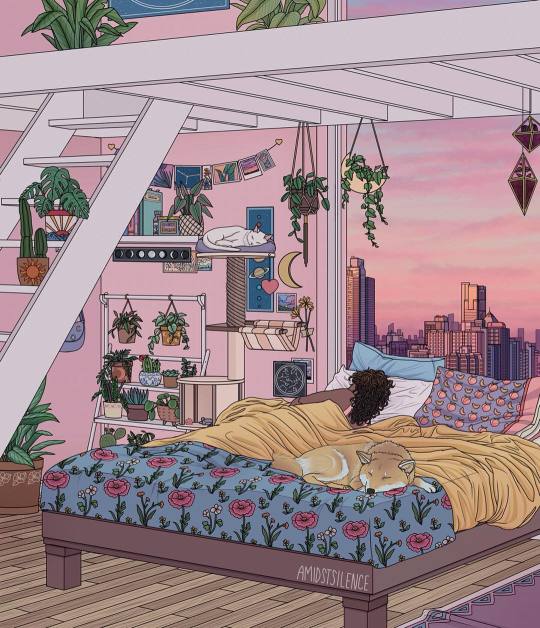



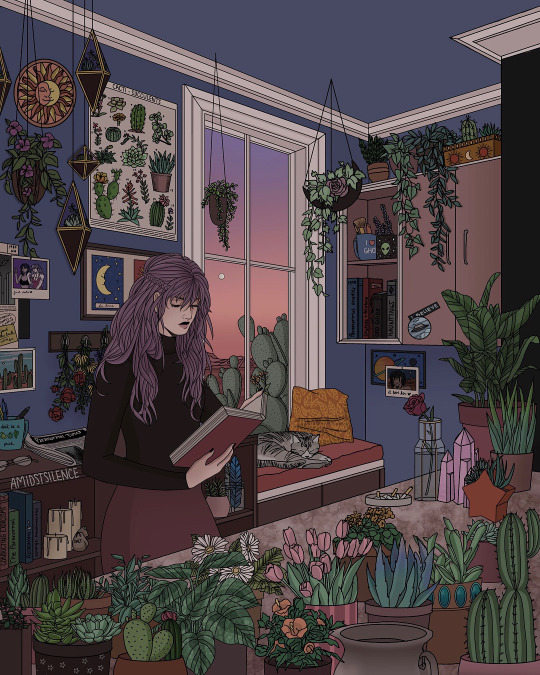

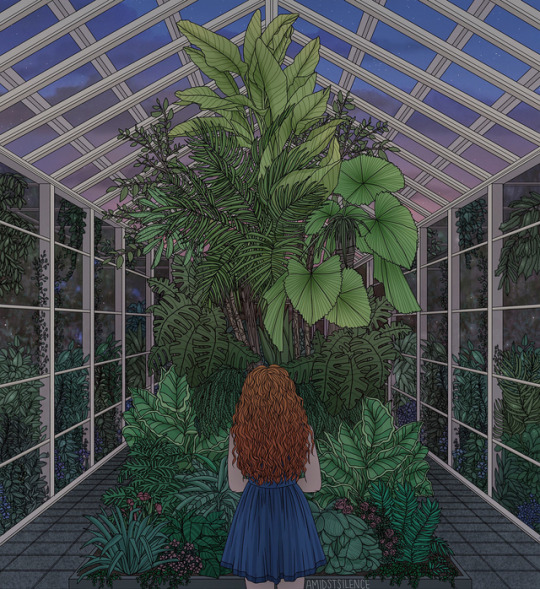
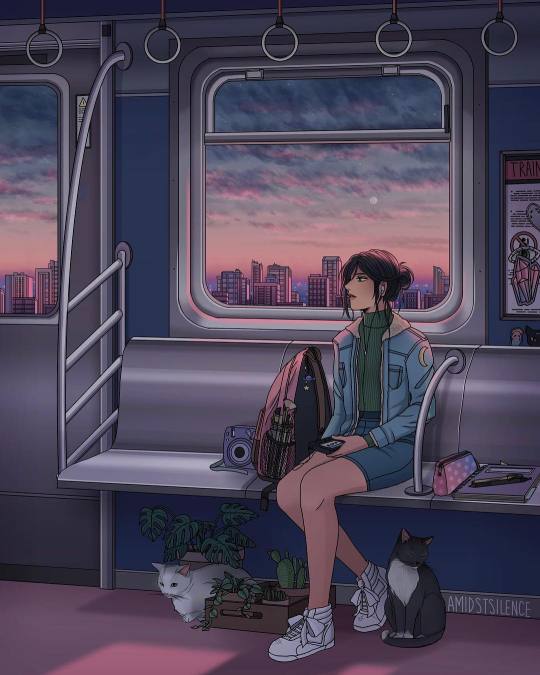
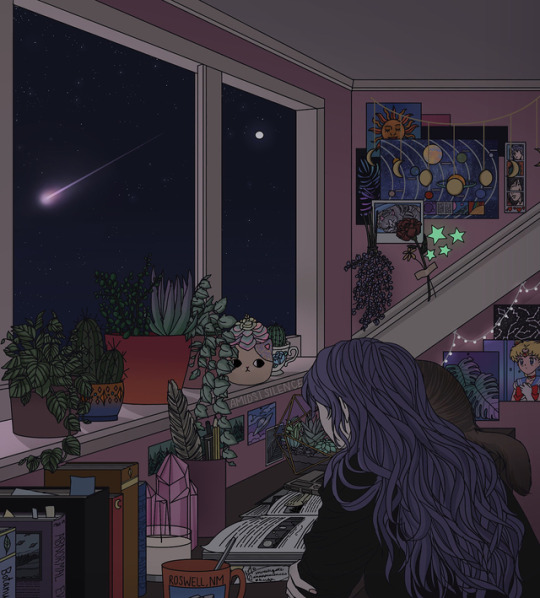

Amidst Silence on Instagram
Follow So Super Awesome on Instagram
60K notes
·
View notes
Note
Drinking tea while watching the rain energy
That’s honestly the best energy, thank you! ^^
0 notes
Text
me? both avoiding and craving attention? you bet
417K notes
·
View notes
Text
homestuck, for all its insanity, still has the best quotes, my favorite being “the circle of stupidity is complete”
214K notes
·
View notes
Text
A group of rough looking boys walked past me today and all I heard of their conversation was “he’s got that anxiety disorder bro so I went with him so he’d be more comfortable” and it made me realise the world isn’t all that bad
1M notes
·
View notes
Photo








@lovingyouagain
22K notes
·
View notes
Text

Double vision
8 notes
·
View notes
Note
Sorry to bother you, but in one of your book reviews, you said you were a therian. What kind of therian? Not judging, just curious...
Small-clawed otter. You can read more about my theriotype over on good old Wikipedia.
To say more about it, I tend to subscribe to the reincarnation theory of therianthropy. By this, I mean that I believe I was such a creature (a small-clawed) in a previous incarnation. This relates to my pagan, occult, and animist worldview.
I believe that while we’ve all had many, many lives, for me, that particular incarnation had the strongest imprint on who I am in this life. I’m human now, of course, and I’m not one of those “In every way except physical, I’m an animal!” types, either.
I acknowledge that right now, not only am I physically human, but I’ve also a human brain and sensory system. Therianthropy, to me, means mostly that spiritually, I am tied to that previous incarnation for some reason.
Sometimes, I like to think this is because it’s all part of the “plan” that the universe has for me, because I like to believe there’s a “plan” for everyone.
I often feel like maybe some lesson, moral or spiritual or whatever, stems from the otter lifetime, and it’s especially important that I remember it in this one.
There’s no easy answers, though, and for all I know, it’s all a metaphor. Life is complicated. Spirituality is complicated. I’m surprised I don’t have a migraine just from thinking about it sometimes.
I first had inklings of therian-related feelings when I was about twelve. It was around that time that I first started studying magic and witchcraft, and the two dovetail quite a bit.
A lot of my astral/hedgecraft experiences relate to my experience as a therian, and I think that exploring both things simultaneously (my therioside and witchcraft) was pretty formative for me.
Aside from my spiritual practice, my therianthropy mostly influences me in that I’m part of some groups working for wetlands conservation and fighting habitat loss as well as poaching and the illegal exotic animal trade.
I sometimes wonder if therianthropy (as in, strong imprints of animal lives on humans) isn’t the planet’s last-ditch effort to instill some damn empathy in our species before we destroy everything. That’s kind of just a thought experiment I’ve had.
Suffice to say, though, I don’t interact much with the rest of the therian community or otherkins in general these days. I used to, in the very early and mid-2000s. Even back then, my views on my own therianthropy and the concept in general were a bit atypical.
Right now, to me, the community is all just too confusing, too many trolls and disinfo. I don’t typically blog much about it on here, but maybe I should start! A lot of it is kind of a private experience, though, and hard to put into words.
I’m currently working on a small project/site about therianthropy, though. It started because, a few years ago, I got it in my head to try and write a book about therianthropy. I think I was just feeling ambitious at the time.
Fast-forward a few years, and I ultimately decided to just post the material I’d written for this book on a website rather than trying to traditionally publish it. When I finish this project, I’ll post a link here, in case people are interested.

59 notes
·
View notes
Text
if you don’t have anyone in your life to gift you tarot cards, then fuck superstition and go buy a deck!! just do your best to purchase in person! that way you can hold them in your hand before making a choice. it’s a gift to you from your higher self :)
108 notes
·
View notes

